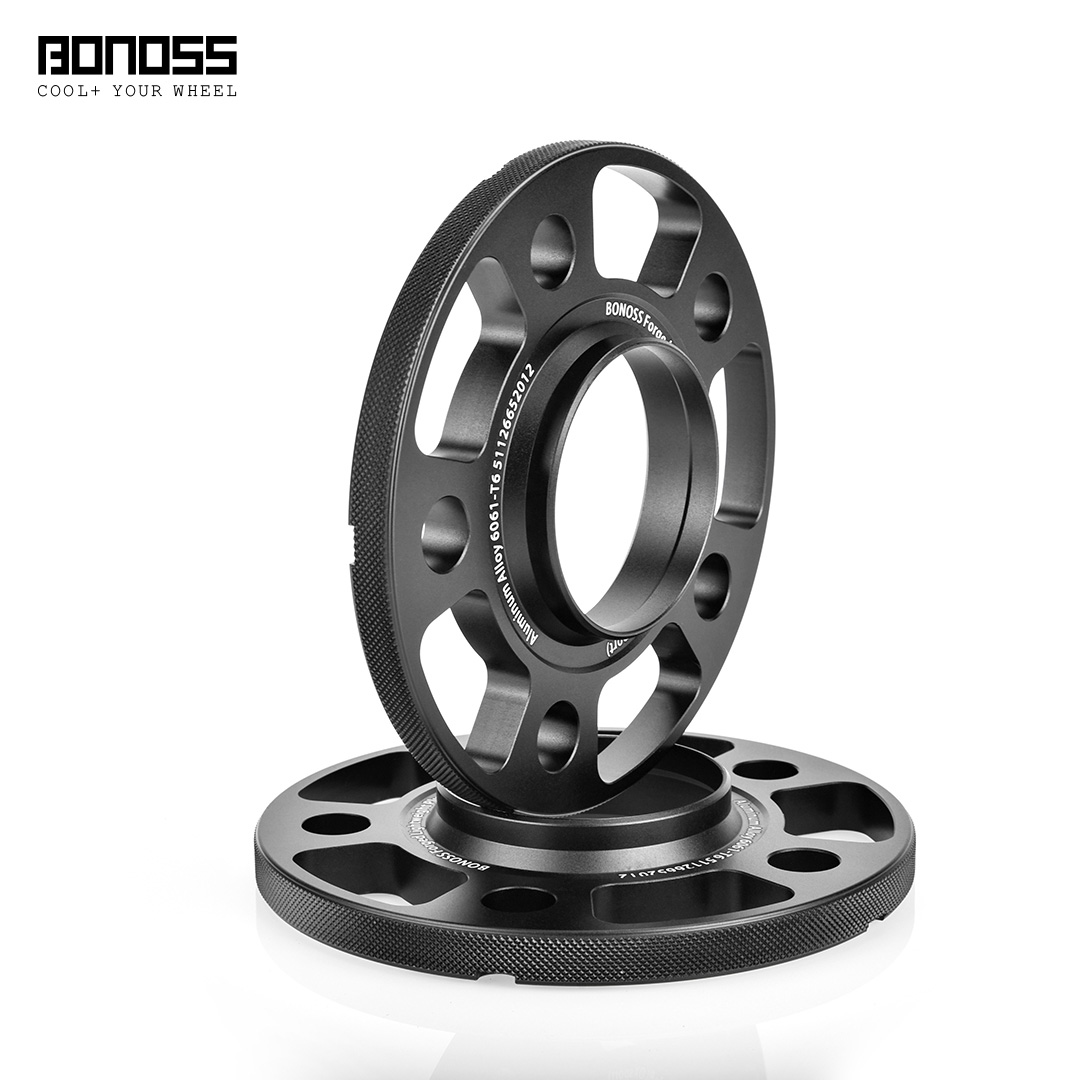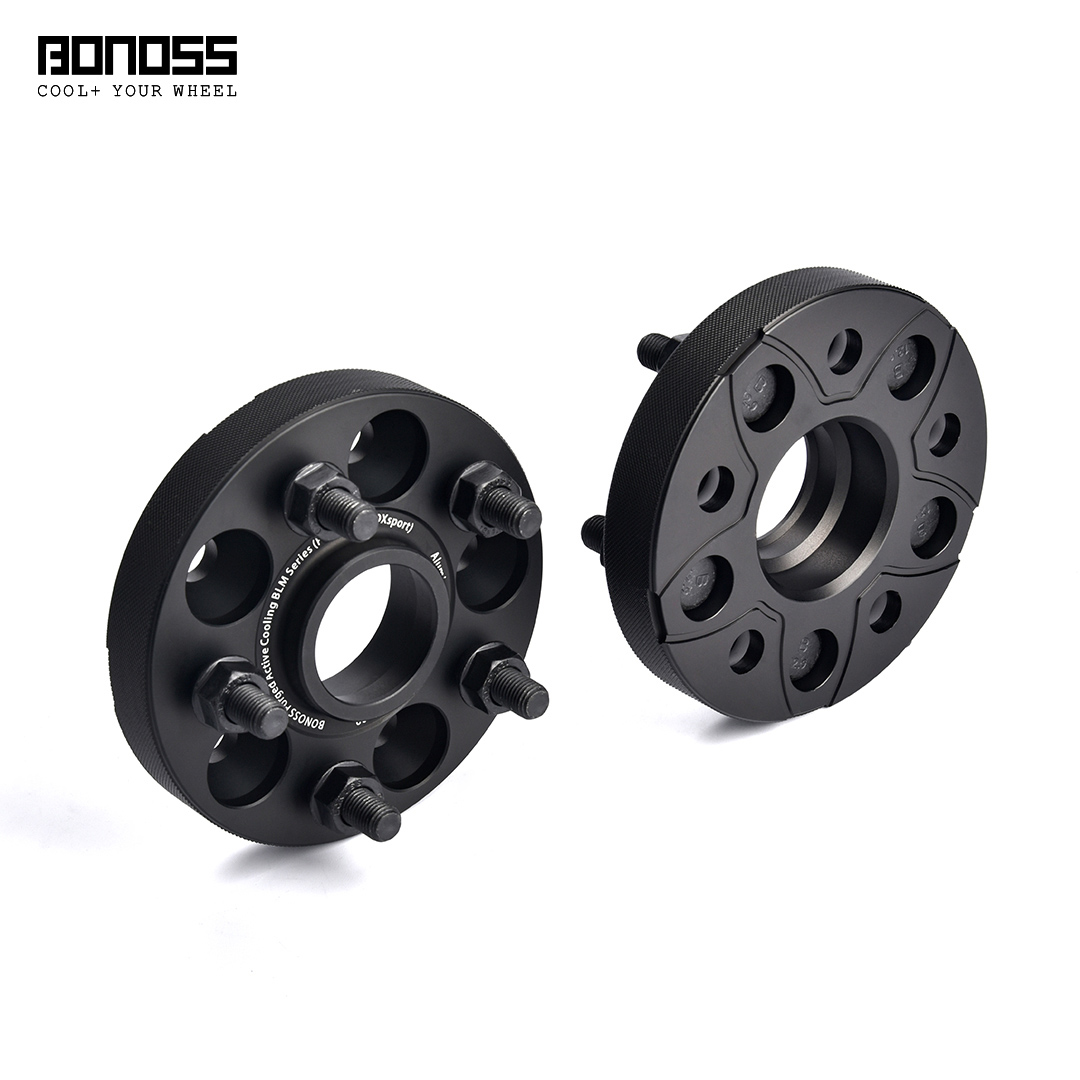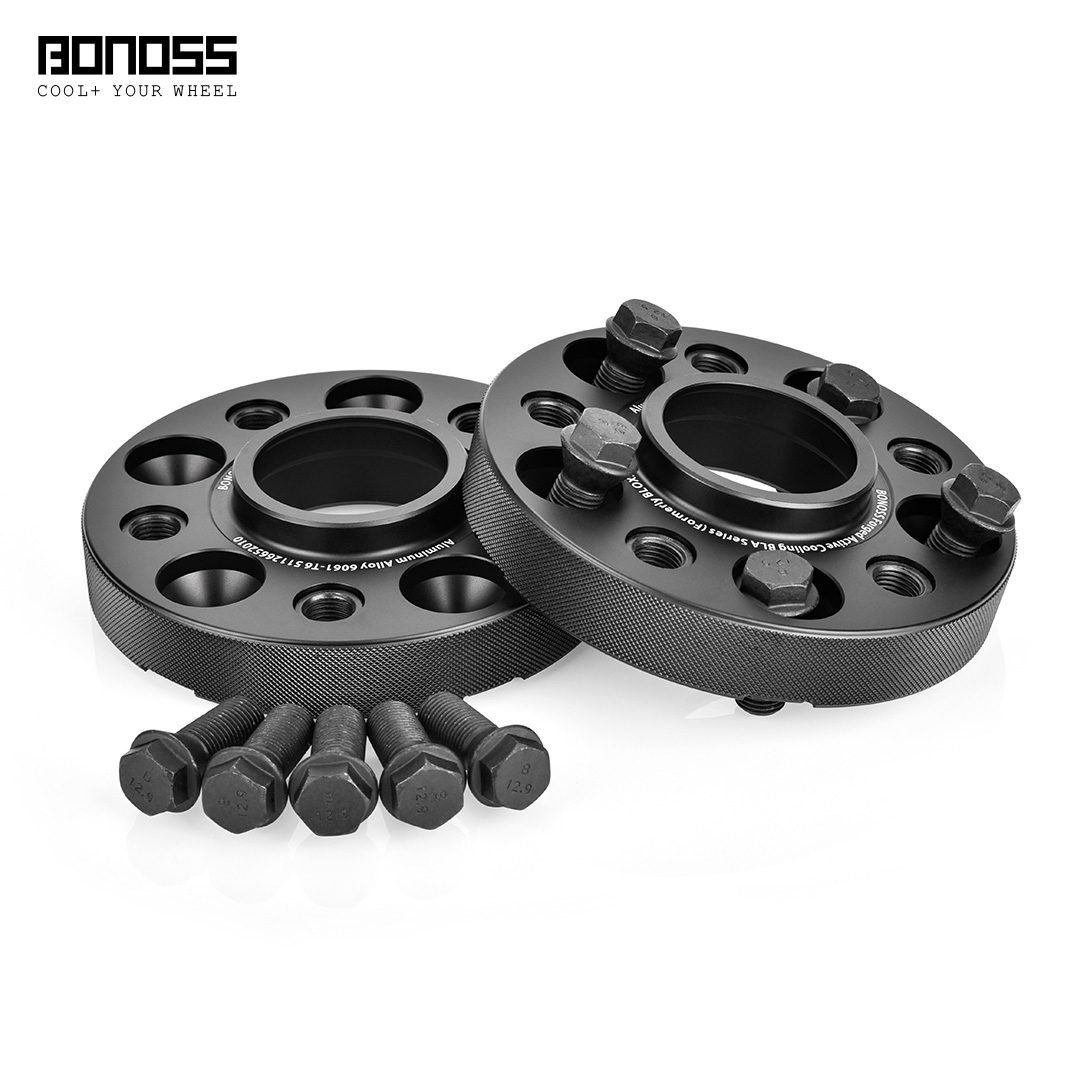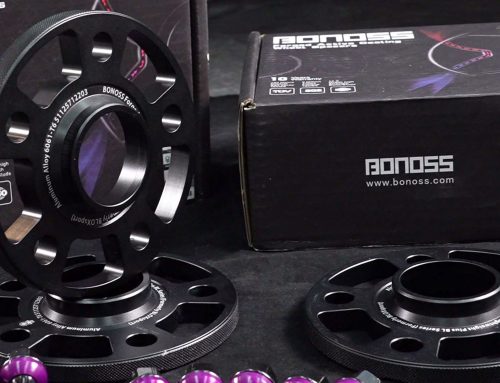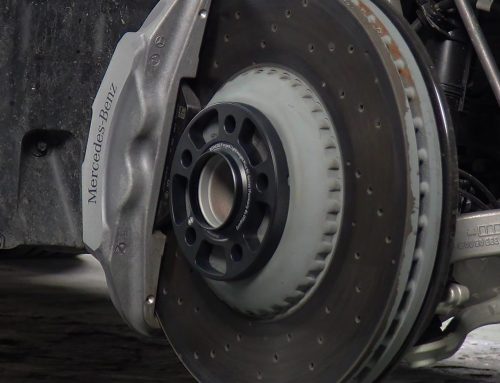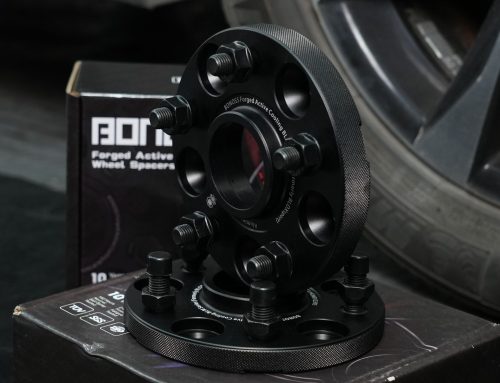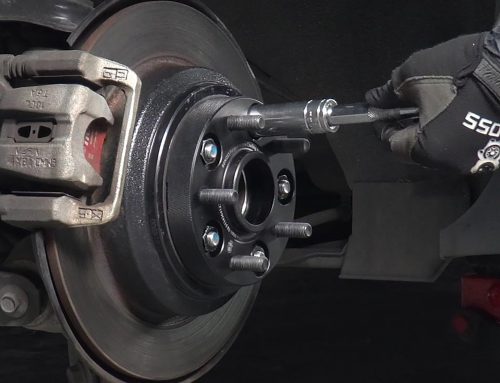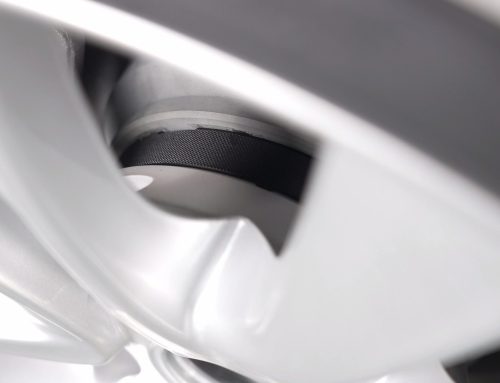After installing 5/16” wheel spacers, a set of new longer wheel studs is necessary hardware. Because the OEM wheels and tires must be held evenly and securely to the wheel hub by the wheel studs. Now you have added additional space between the wheel and hub assembly, your stock wheel studs can’t provide enough thread for safely securing the 5/16” spacers and wheels. If the lug studs are not tightened securely, it can cause the wheel to vibrate, loosen, and wobble.
This can damage or even break the 5/16” wheel spacers and wheel studs, potentially causing the wheel to separate from the vehicle. The general rule of thumb is that the thread length must be equal to or greater than the diameter of the stud itself. Giving an example, an M14 wheel stud would need at least 14mm threads to ensure a safe engagement. As a guideline claims, you need at least 7 turns (preferably 8 turns) from start to torque. So, make sure you have the proper number of turns after adding 5/16” spacers.
Are 5/16” Wheel Spacers Worth It?
If you need more space to clear big brake calipers, 5/16” wheel spacers will be the solution. By moving the whole wheels further out, they prevent the rims or tires from rubbing against the brake calipers, inner wheel arches, shock absorbers, and other parts. Aftermarket coilovers make your ride height adjustable. A car with a lower center of gravity will handle better thanks to reduced roll and more even tire loading. So, keep an eye on the 5/16” spacers and use them if needed.


The main difference between BONOSS forged lightweight plus 5/16” wheel spacers and other spacers are the lightweight plus design and the hub-centric ring types. While ensuring safety and performance, BONOSS lightweight plus rim spacers are cut with many hollow holes. Due to these hollow holes, the average weight of each spacer is more than 30% lighter than the previous-gen product. Installing such lightweight 5/16” spacers wouldn’t noticeably affect the acceleration or mpg.
Can You Trust Aftermarket Extended Wheel Studs?
High-quality wheel studs provide a better installation experience as well as good safety. Besides, if you would like to improve the performance, you can replace the OEM wheel studs with ones made of higher-strength materials. If you’ve ever spent any time looking at the heads of the wheel studs, you’ve probably noticed that there are markings that are stamped onto the head. There are four common metric grades: 5.8, 8.8, 10.9, and 12.9. Each grade has a specific stud strength. The higher number means the higher the tensile strength of the stud.
BONOSS forged wheel studs are made of high-strength SCM440 alloy steel. They are all ISO grade 12.9 certified. A grade 12.9 marking means the tensile strength of this wheel stud has reached metric grade 12.9 standards. BONOSS ISO Grade 12.9 wheel studs are surely strong enough to handle forces: tensile strength≥1220 MPa, limited life range test ≥ 2,000,000 stress cycles without damage, ultimate tensile load ≥ 152,000N, hardness (HV)≥395. These BONOSS forged ISO grade 12.9 wheel studs are exactly safe to use.

